Side by side comparison of all four starship test flights with synced footage. Video edit: Go To SpaceFootage Courtesy & Credits: SpaceXOutro song: Yung Logos…
Get the latest international news and world events from around the world.

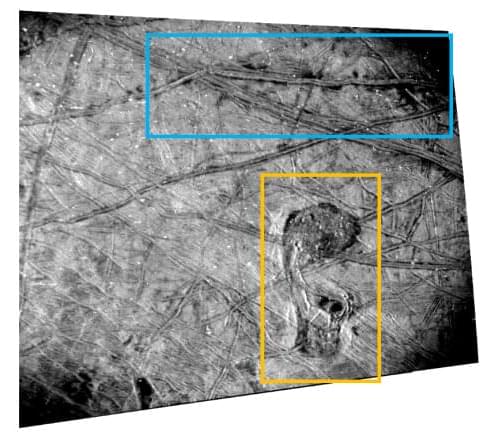
NASA’s Juno provides High-Definition views of Europa’s Icy Shell
Images from the JunoCam visible-light camera aboard NASA’s Juno spacecraft supports the theory that the icy crust at the north and south poles of Jupiter’s moon Europa is not where it used to be. Another high-resolution picture of the icy moon, by the spacecraft’s Stellar Reference Unit (SRU), reveals signs of possible plume activity and an area of ice shell disruption where brine may have recently bubbled to the surface.
The JunoCam results recently appeared in the Planetary Science Journal and the SRU results in the journal JGR Planets.
On Sept. 29, 2022, Juno made its closest flyby of Europa, coming within 220 miles (355 kilometers) of the moon’s frozen surface. The four pictures taken by JunoCam and one by the SRU are the first high-resolution images of Europa since Galileo’s last flyby in 2000.
Brian Greene — What Was There Before The Big Bang?
The American theoretical physicist, Brian Greene explains various hypotheses about the causation of the big bang. Brian Greene is an excellent science communicator and he makes complex cosmological concepts more easy to understand.
The Big Bang explains the evolution of the universe from a starting density and temperature that is currently well beyond humanity’s capability to replicate. Thus the most extreme conditions and earliest times of the universe are speculative and any explanation for what caused the big bang should be taken with a grain of salt. Nevertheless that shouldn’t stop us to ask questions like what was there before the big bang.
Brian Greene mentions the possibility that time itself may have originated with the birth of the cosmos about 13.8 billion years ago.
To understand how the Universe came to be, scientists combine mathematical models with observations and develop workable theories which explain the evolution of the cosmos. The Big Bang theory, which is built upon the equations of classical general relativity, indicates a singularity at the origin of cosmic time.
However, the physical theories of general relativity and quantum mechanics as currently realized are not applicable before the Planck epoch, which is the earliest period of time in the history of the universe, and correcting this will require the development of a correct treatment of quantum gravity.
Certain quantum gravity treatments imply that time itself could be an emergent property. Which leads some physicists to conclude that time did not exist before the Big Bang. While others are open to the possibility of time preceding the big bang.
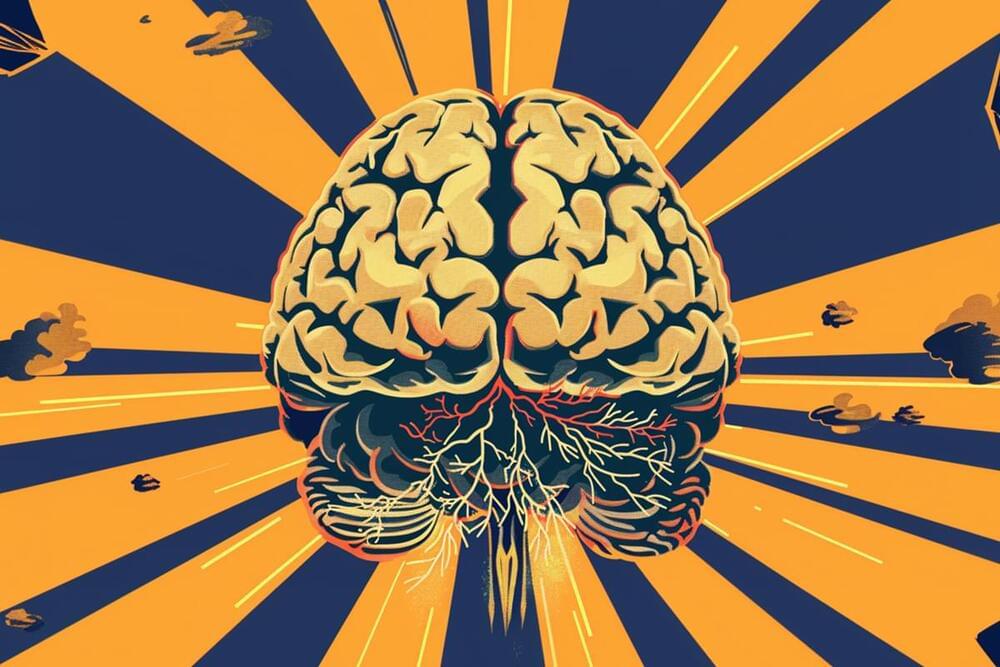
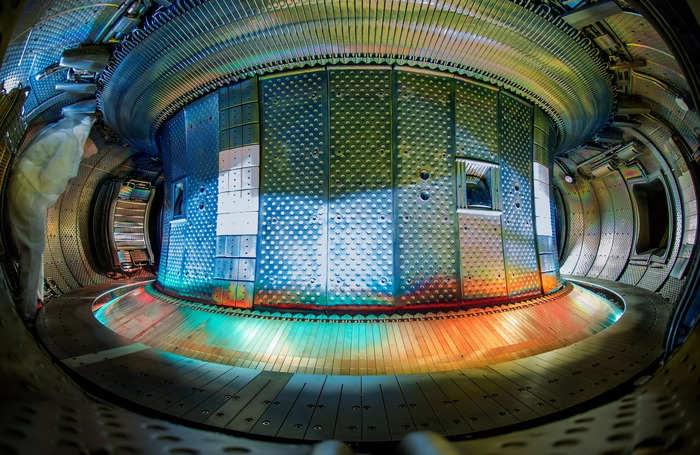

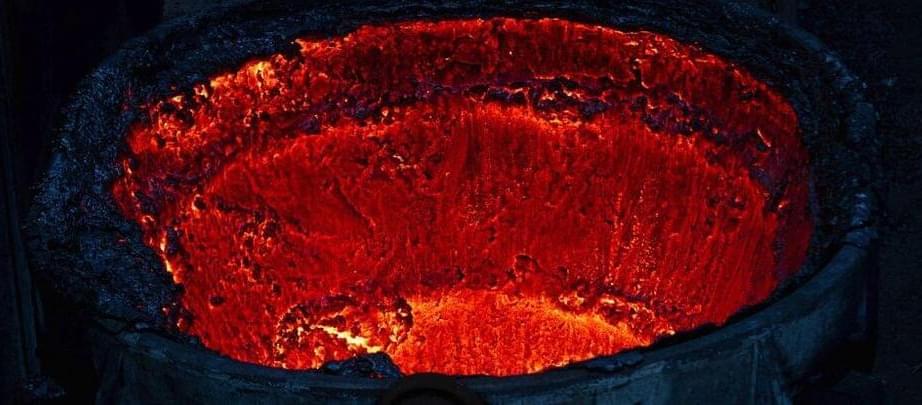
Ancient Cauldrons Were Used For Collecting Blood, Scientists Discover
Ancient vessels, discovered by accident on the Mongolian steppe, have given us new insight into how the land’s ancient inhabitants ate.
Archeologists have scraped caked residue from the insides of two Bronze Age cauldrons dating back 2,750 years, revealing that the vessels were once used for collecting the blood of ruminants, such as sheep and goats, as well as the milk of wild yaks (Bos mutus).
What did they do with the blood, you ask? Well, we can’t know for certain, but it was likely used for dietary purposes, such as the production of blood sausage, similar to sausage-making techniques still used in rural Mongolia today.
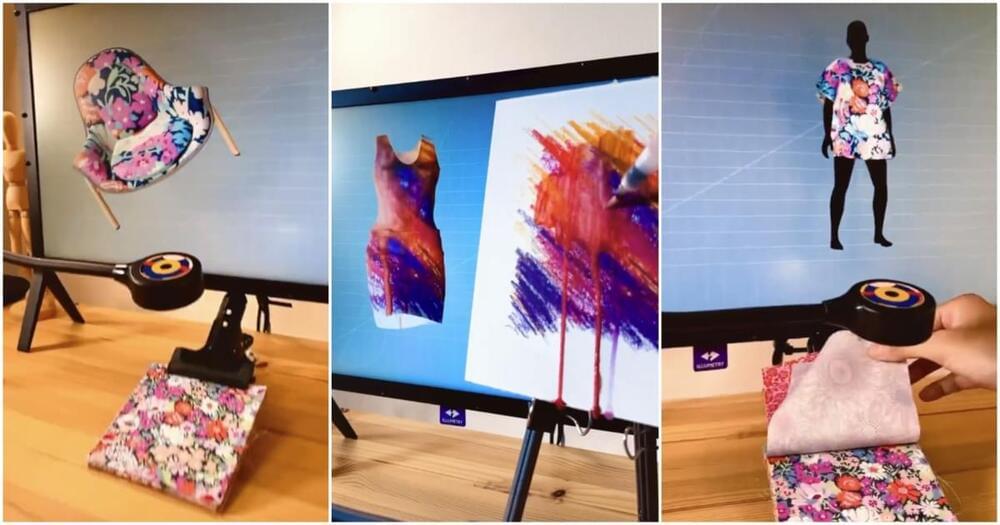
People Aren’t Happy With Adobe’s Spyware-Like Terms of Service Update
Users of Photoshop, Substance 3D, and other Adobe products are now required to provide the company with unlimited access to their creations.